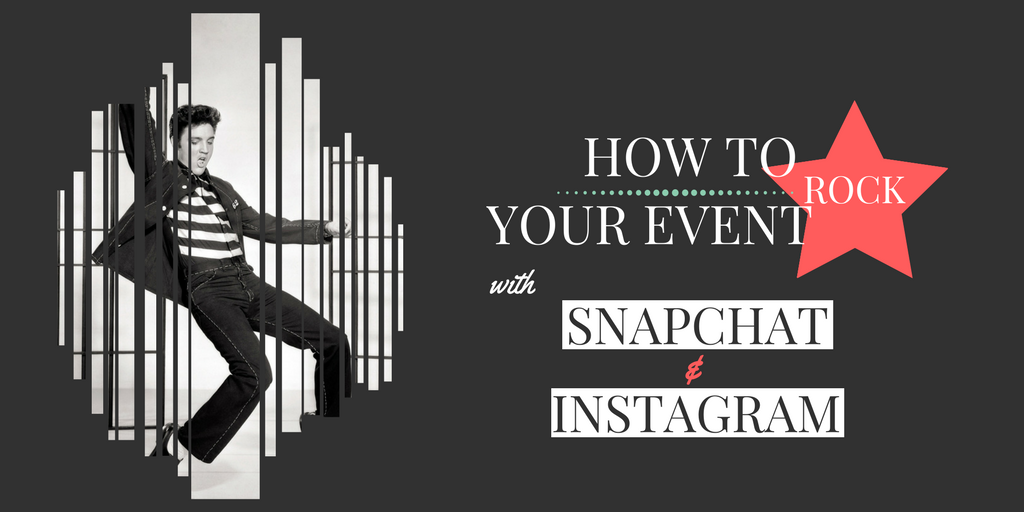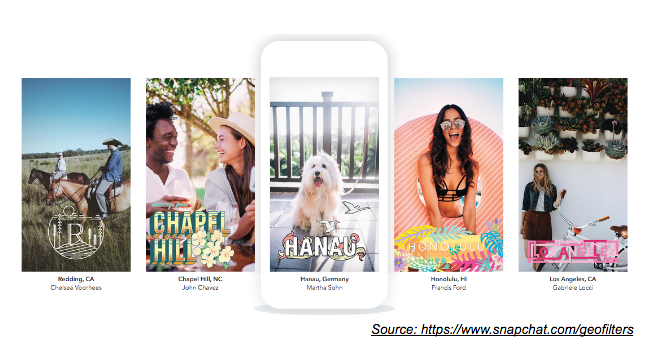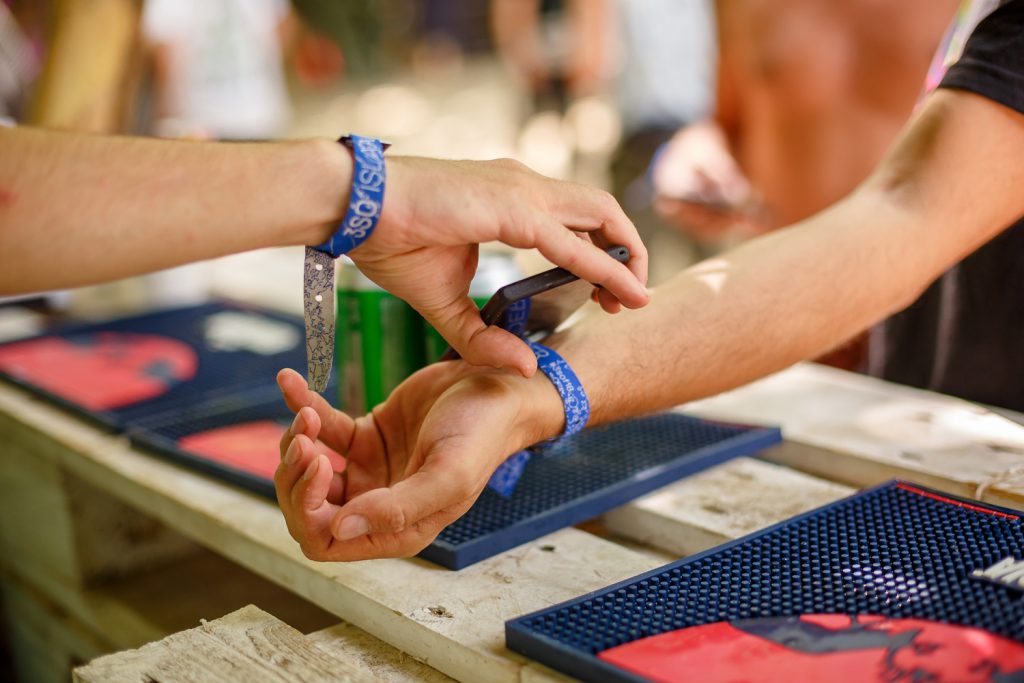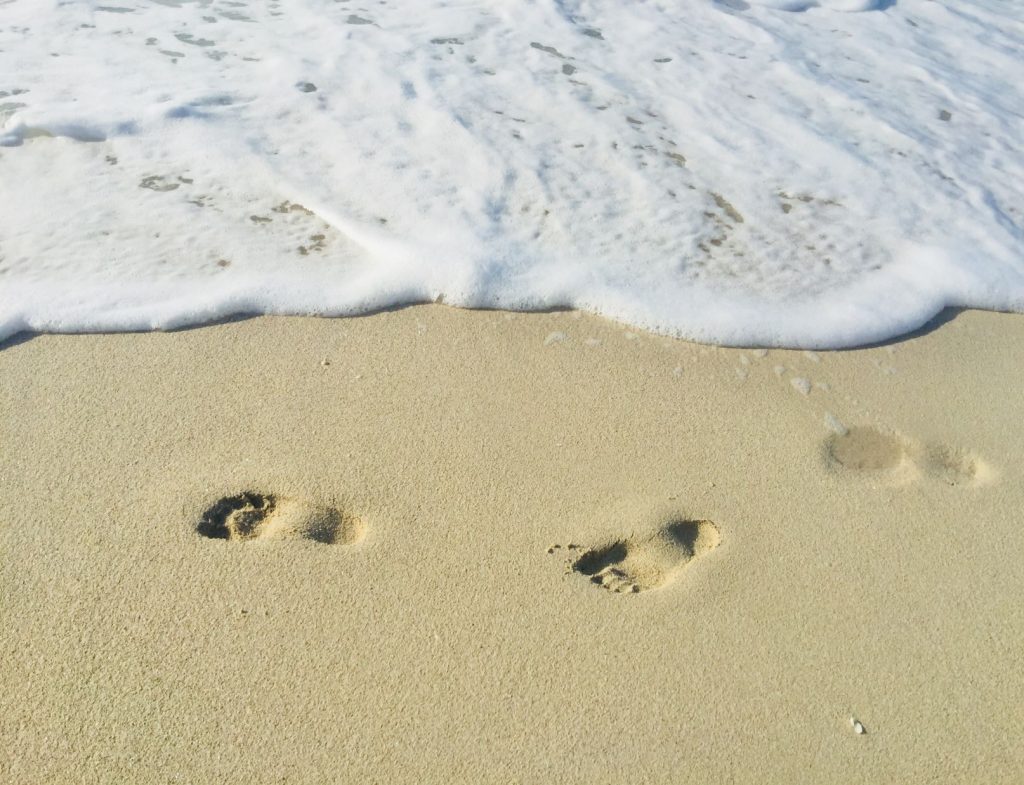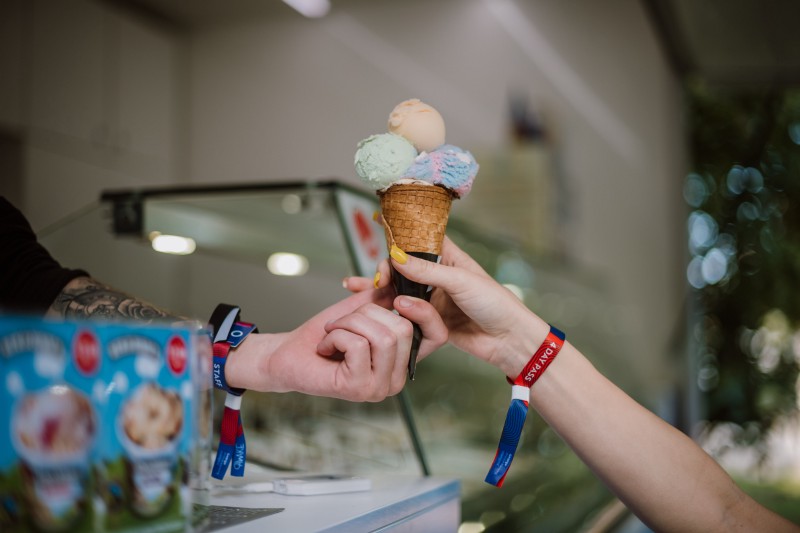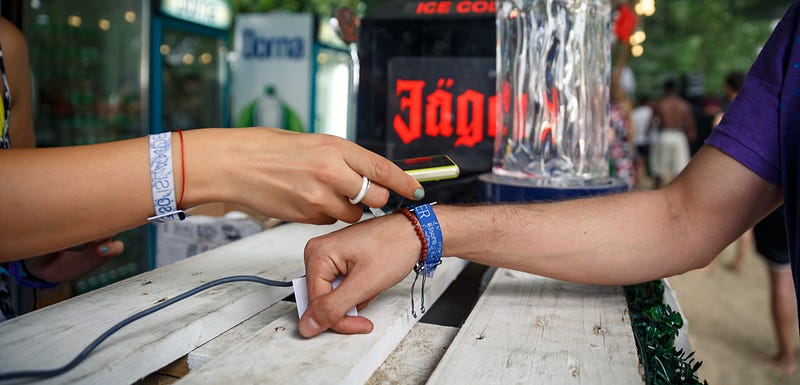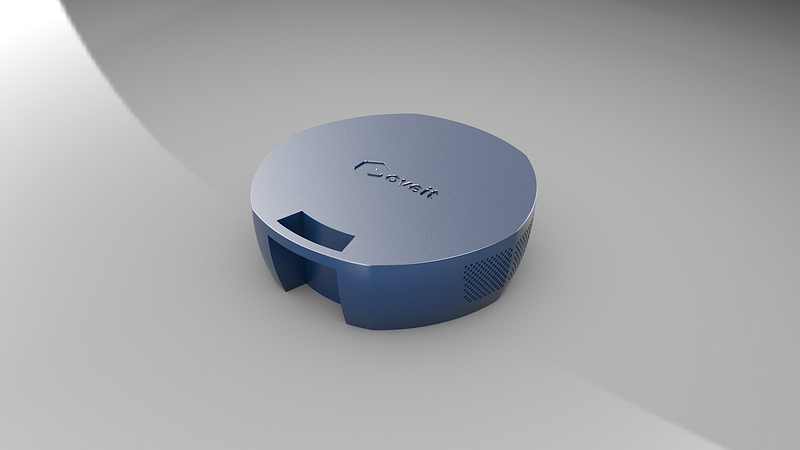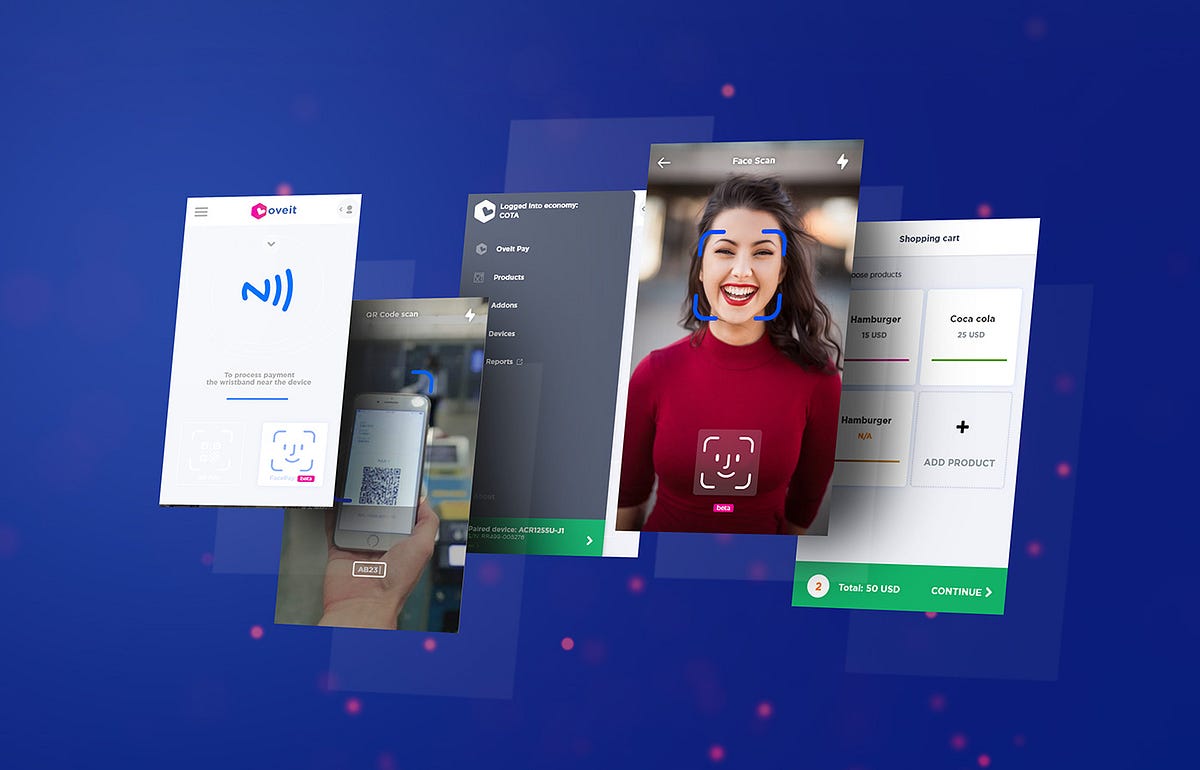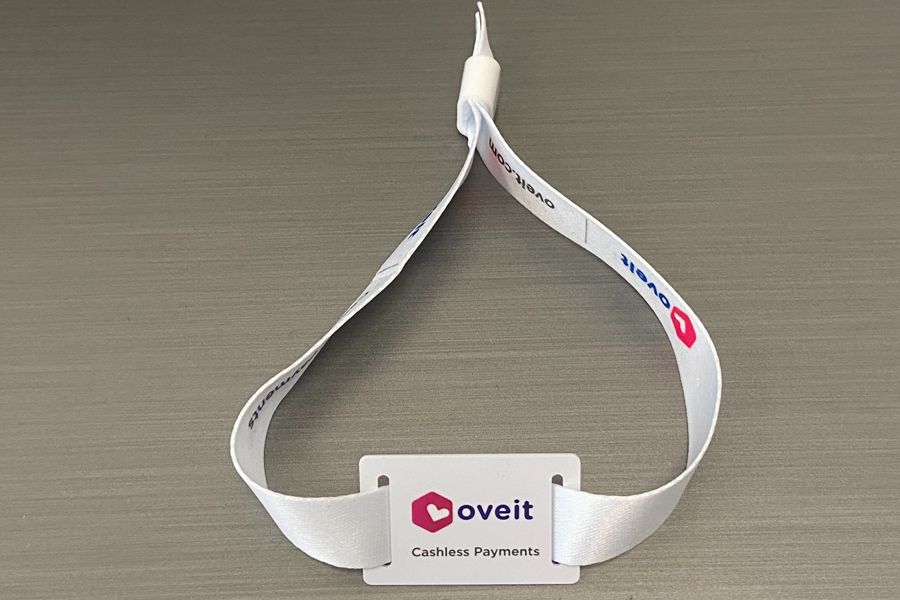Ticket addons are the very next step in building amazing, personal experiences for your guests. For a very, very long time tickets have been just a simple way to allow people to access an event or claim some service, like airline travel or public transport.
It essentially went like this: you would purchase a ticket that would allow you one (and just one) access. It was mostly a technical limitation at first but soon after became the norm. When tickets were just pieces of paper, it was much easier to sell and check one ticket per person. If there were two people involved, they would buy two tickets. This made it easier to manage long queues. Each person would show their ticket and they would be allowed entry.
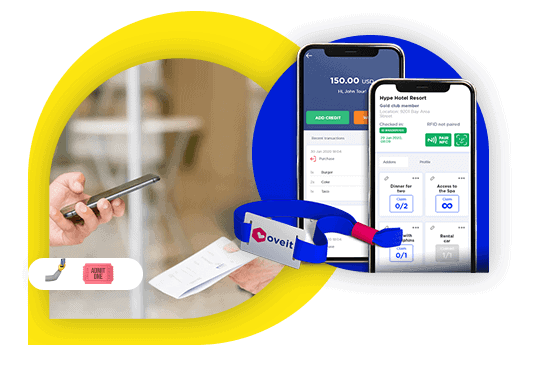
But things have changed quite a lot in the past 10 years. Most events switched from delivering physical to electronic tickets. Now most tickets are stored on your phone rather than in your wallet.
This opens up so many possibilities. One is the option of storing multiple tickets in one device. The other is storing more access credentials in one ticket. One ticket doesn’t need to mean just one entry. It can mean multiple entries and even more – it can mean multiple benefits in just one ticket. We call these benefits ticket addons. That’s because they are stored “on top” of the original benefit, which is the right to visit the event.
What kind of ticket addons can I offer my guests?
Ticket addons can come in many shapes and sizes. You can offer your visitors all sorts of options. Let’s say you are preparing a multi-day conference and you want to tailor different types of tickets with all sorts of perks and benefits.
Let’s think of some hypothetical “VIP” ticket. Such a ticket would maybe have access to all days of the event. So you can have a special addon for each day. This way you can separate access rights based on days. You can add a special ticket addon for free coffee. Each time the VIP goes to get some coffee, they can show their ticket and they get their free coffee. In the backend you record all of these “transactions” so you can get a sense of just how much coffee the VIP’s ordered.
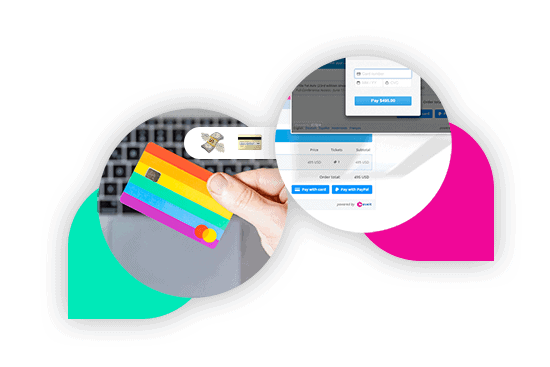
Other ways of using ticket addons is creating special access rights within the event. Let’s say you want to create a special “backstage” area where only the speakers and VIP visitors have access. You can add a “backstage access” addon and scan people in just to make sure only the right visitors are getting in.
What happens if you want to take your guests on a city tour, maybe for those travelling from abroad? You guessed it – use ticket addons. In this case you might use a “City tour” addon and maybe a “Free lunch” addon where users can both travel the city and get a free lunch when they get tired.
Maybe some of them would fancy a visit to one of the local attractions, such as a museum. How would you like to partner with the most important art museum in town and allow conference guests to also visit the museum and enjoy the art collections as part of … you guessed it – the event’s ticket addons.
The cool thing about all of this is that you don’t need any fancy software or hardware. Your visitors only need to have their ticket stored on their mobile devices. And it’s just one ticket that holds all of these benefits and addons in one place.
Ticket addons help you gamify your event
One other way you can use ticket addons is gamification. Let’s imagine a sort of treasure hunt where visitors have to find and engage with four different checkpoints. These might be some cool booths where they can engage with your event story or sponsor booths. When the treasure hunt is done and all of the checkpoints have been found they can go to a final section of your event’s game where they can claim a prize.
In the backend all checkpoint interactions are recorded and you will get an understanding of your visitor’s journeys. You will also be making sponsors happy if you place their brand within your event’s treasure hunt. Using ticket addons can help visitors engage better with your partners, especially since experiential marketing is such a hot topic these days.
By understanding how your visitors interact with your gamified experience you will be able to improve the experience and increase your chance at having your visitors return.
Ticket addons as a package or purchased on demand
When we built the first version of our ticket addons we just wanted to help event planners pack more ticket entries in one ticket. As event registration solution evolved, so did our ticket addons feature. We first separated tickets from optional tickets. They still came with a predefined structure. You could buy a ticket that would allow you to buy x, y and z ticket addons. It was just that tickets could only hold one specific set of addons. Customers couldn’t really choose what addon they would get.
So we introduced two options of addons: bundled and unbundled. This meant that ticket addons could be sold as a package but extra addons could be purchased by visitors based on their own preference. Using the example above – maybe you were not a big fan of museum so you would choose to not buy the art museum ticket addon. But you could, for example, buy a ticket addon that allows you to claim two cocktails at the conference party.
This now helps the experience planners that use our software to create personalized experiences for their guests, at scale. Whether you have 100 or 100 000 visitors, you can create personalized experiences by using ticket addons for your guests.
Now that you get an understanding of what ticket addons are and how you can use them, let’s see how you can technically make them work for your event:
Why did we create ticket addons?
Each individual is unique. A perfect experience is only perfect if it’s personal and catered to individuals. While most event planners like to think they plan amazing experiences – they’re not personal. From a business point of view, you cannot build personal experiences for thousands of visitors. Or can you? We think so and that’s why we developed ticket addons.
Let’s start with a simple idea: What if you want to include a beer with every ticket you sell? Or add a t-shirt? How about a well-tailored experience that guides a couple to a special seminar, a cruise line, two drinks and a romantic dinner in two? It doesn’t seem very easy if you have to hand out 10 tickets just for this. But there’s a better way of looking at the problem.
Scenarios like these are the reason we started redesigning the concept of how access to experiences and goods work, starting with the ticket.
This post is a follow up on the post on new technologies we’ve developed at Oveit. The previous post described the ways we are making event management more accessible.
But let’s return to the topic at hand: at it’s core the concept of a ticket is pretty simple: you get a digital or physical token that guarantees you access to an event. That’s it – a binary gateway for your entry in an event. You’re either allowed in or not.
If we want to extend this concept we have to work with a more complex idea of a digital wallet, where you can add all sorts of perks and benefits one has access to.
Adding access to goods and services to a ticket
In the end the concept of a ticket addon is one that’s very old and well established. We think of the addon as a something (good, service or whatever else) that comes on top of your right to access an event or venue. Basically, the question can be distilled to: how do we trade non-fungible payment tokens? Fungible means something that can be broken down in smaller parts (like money) and these sub-parts are similar. Non fungible means you cannot break it into smaller parts. Also, in our case – you cannot trade it.
Version 1.0 : tickets with addons
The first thing we did is make it easy for addons and benefits to be added to a certain ticket. Once you purchase a certain ticket, this ticket gives you access to some specific addons. Let’s say you buy the “Gold” version of a ticket. This entitles you to access to the VIP area, dinner, 2 beers and the event’s t-shirt. Your friend, who purchased the “Silver” ticket can only get access to the event, in the General access area and one beer. Tough luck.
The process is fairly simple too: when setting up a ticket you can add as many benefits as needed, with the proper quantity. In our flow, 0 stands for infinity. Yes, you can hand out an infinity amount of beers for your buddies.
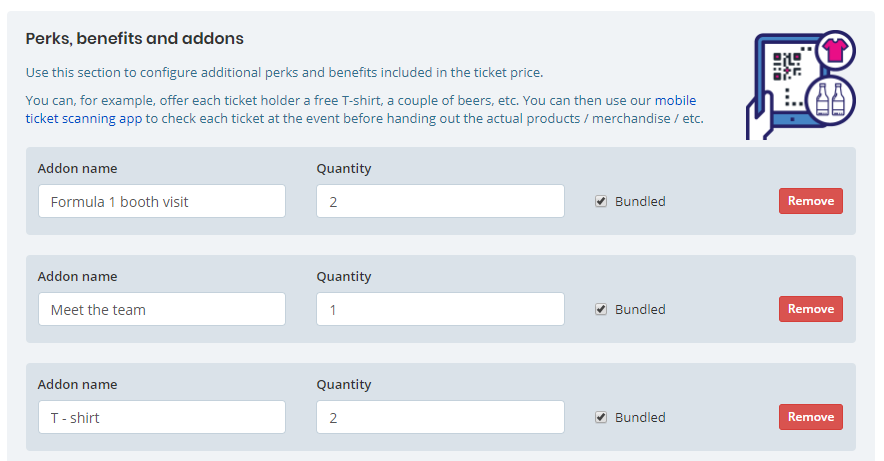
As you see – it’s all pretty simple to use. Set up an addon per ticket, select its quantity and publish your event.
When visitors come in, they can either show their electronic ticket (their QR code) or have their NFC wristbands scanned. To scan for perks you can use our free iOS and Android apps. Once it’s scanned, the full amount of ticket addons is showed and whenever visitors are claiming one of their benefits, just tap the proper button in the app (see the mobile app screenshot below) and one unit will be decreased.
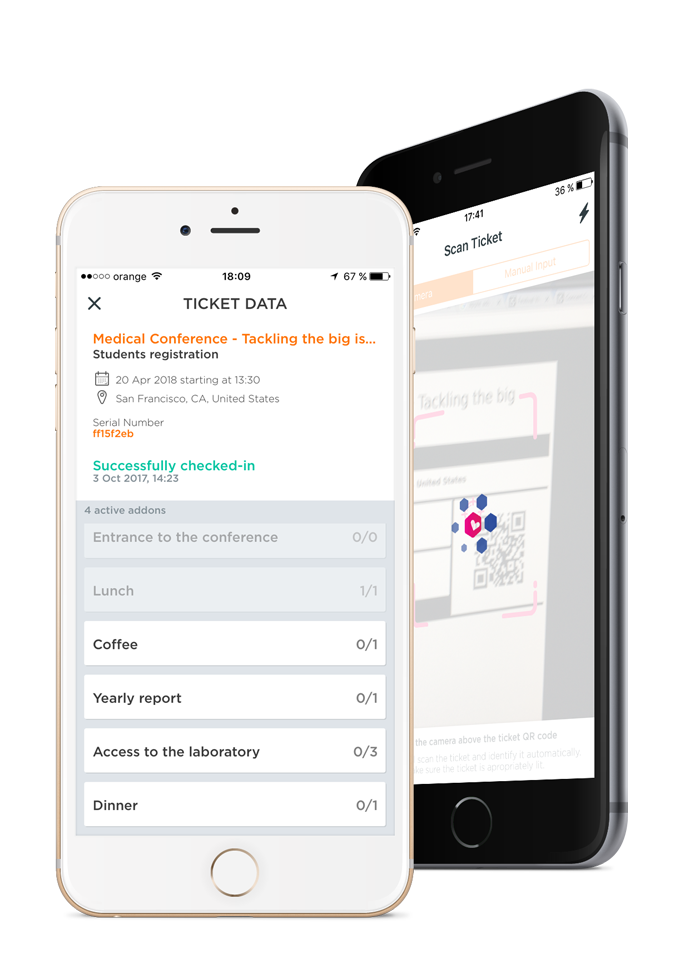
Pretty cool, right? That’s what we thought. And then we ran into a problem of complexity: what if you have a limited number of perks but many ways of combining them? The number of needed tickets explodes. What if someone wants to reload their addons. For example they had 2 coffees as addons on their tickets but want one more. There was no way of doing this in the past. So we went further with …
Version 1.5: Addons that can be bundled or unbundled
What is a bundled ticket addon? Very simple – it’s the addon that is surely attached to a ticket. In contrast – the unbundled ticket addon is one which might or might not be attached to a ticket.
Here’s a scenario where these types of addons come into play: someone has purchased the Silver version of a ticket. They don’t have any addon included but access to the event and a hamburger. You, as the event planner, feel generous and you’re working on your loyalty program. You can add the Champagne tour and your event’s branded cap to their ticket.
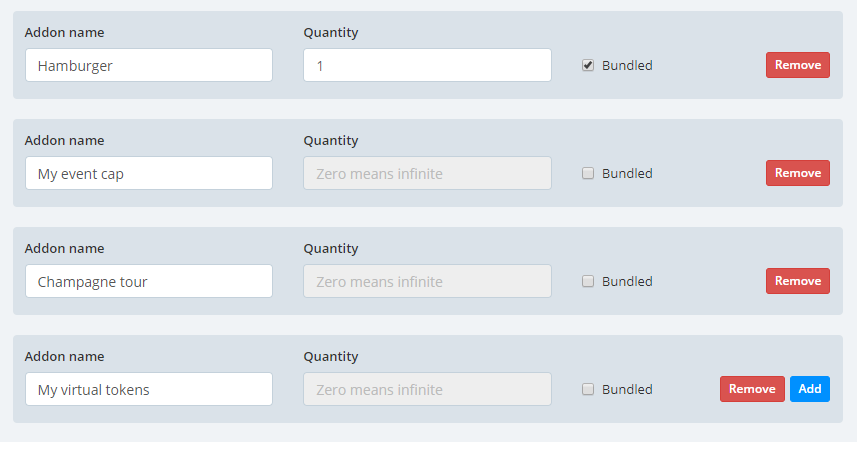
Have a look above. This guy or gal is getting a hamburger for sure. But the event cap, champagne tour and the virtual tokes are all up to you, the event owner. You can add them, remove them and in the end track their usage.
Here’s how you can add them. See the screenshot below. Mike (that’s me) can surely have the first 4 ticket addons but it’s up to you if you enable the last 3 and how many of those benefits they will have access to:
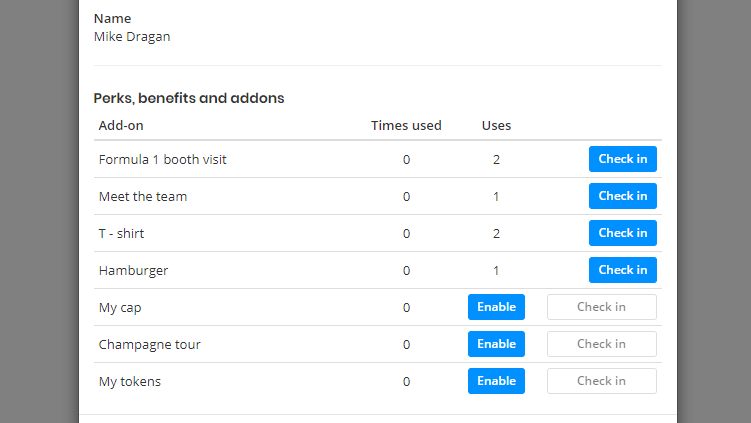
Let’s say I want to allow Mike to get 10 caps, just because I’m feeling generous and and he’s also a famous Formula 1 driver.
I can just click “Enable” and add the 10 caps that he is now entitled to:
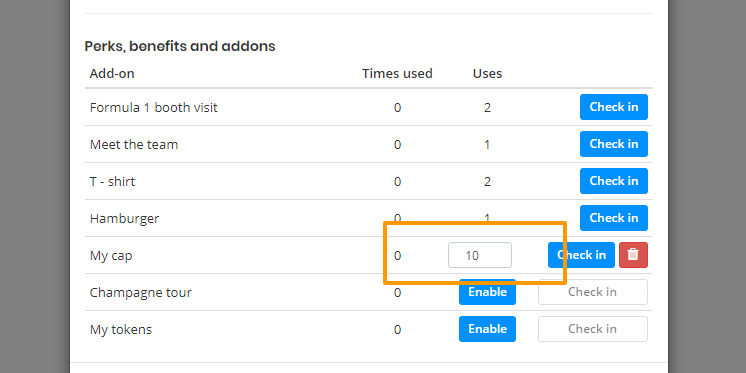
Really simple, right? Yes it is. I can add ticket benefits and addons and create custom experiences for my boutique managed event.
But what happens if I manage a 10 000 people event? What if I want to allow anyone to manage their own custom experience? What if I want each of those 10 000 people to create the perfect package for themselves. Meanwhile I just sit back and see my visitors happy and everything rolling out perfectly. Here’s where the next version of ticket addons comes into play: Allowing visitors to design their own, personal experience.
Version 2.0 : personal experiences for each visitor with self service ticket addons
Right from the beginning we wanted visitors to configure their own personal experiences by choosing the goods and services they want to have access to.
This goes well beyond events. It’s meant to create personalized experiences for an upcoming wave of generations that are used to personal experiences online. Now we bring this convenience offline. Millenials and Gen-X’s want custom tailored experiences and affordable prices.
You, as the event designer or venue owner understand that at its core, this is a problem of logistics. From our perspective unfungible tokens are a great way to deliver these personal experiences and make it usable in real world scenarios.
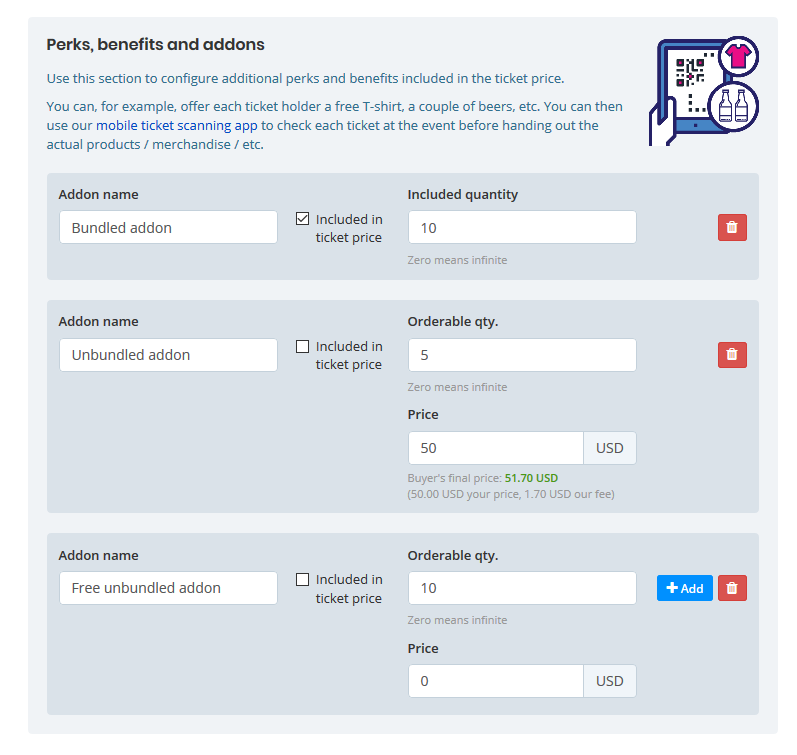
What happens is that you can set whether your addons are prepacked or can be purchased separately and whether they are free or not.
In the frontend visitors can choose the right ticket addons for their private experiences, purchase them in a bundled electronic ticket and than they can access them in the venue.
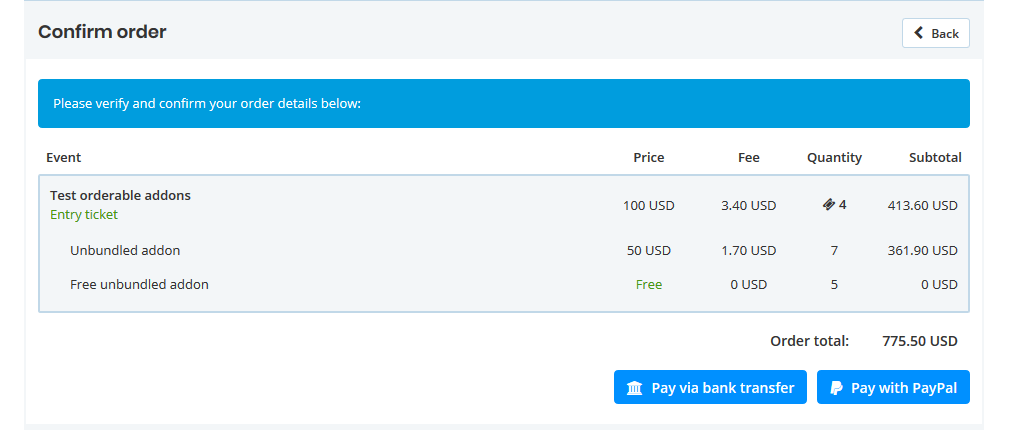
What are ticket addons useful for?
We think ticket addons are useful for lots of things but most importantly – safer events and better experiences. Large events tend to be crowded and people tend to get sucked into the experience. They might lose their wallet or credit card and neither you or them want that.
With the prepacked perks we add a special dimension to visitors identity at events – the ownership of goods and services. They don’t need to carry anything with them, as long as they’ve purchased the right addons.
These can be products such as food and beverages, access to experiences or sub-events. Alternatively, addons can also work as the event’s digital currency, allowing all sorts of interactions that are limited by your imagination.
The perfect experience
To summarize – so far event and venue experiences where tightly curated by event planners as they could handle only that much in terms of logistics. Now this experience can become a personal one, engineered by the visitors themselves. The burden of providing it has been lifted using technology.
I hope this was as good for you as it was for us. I’ve saved the best for last: next week we’re talking cashless payments technology for events and venues. Check back soon and see how we developed the technology to help you build your own venue economy. See how edge payments (BTW – what are these ? ) can help increase your revenue by 30 to 60% and improve what you know about your visitors.

